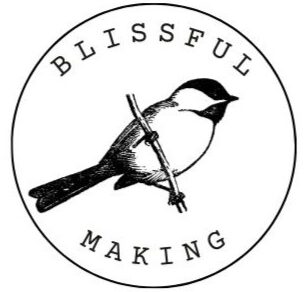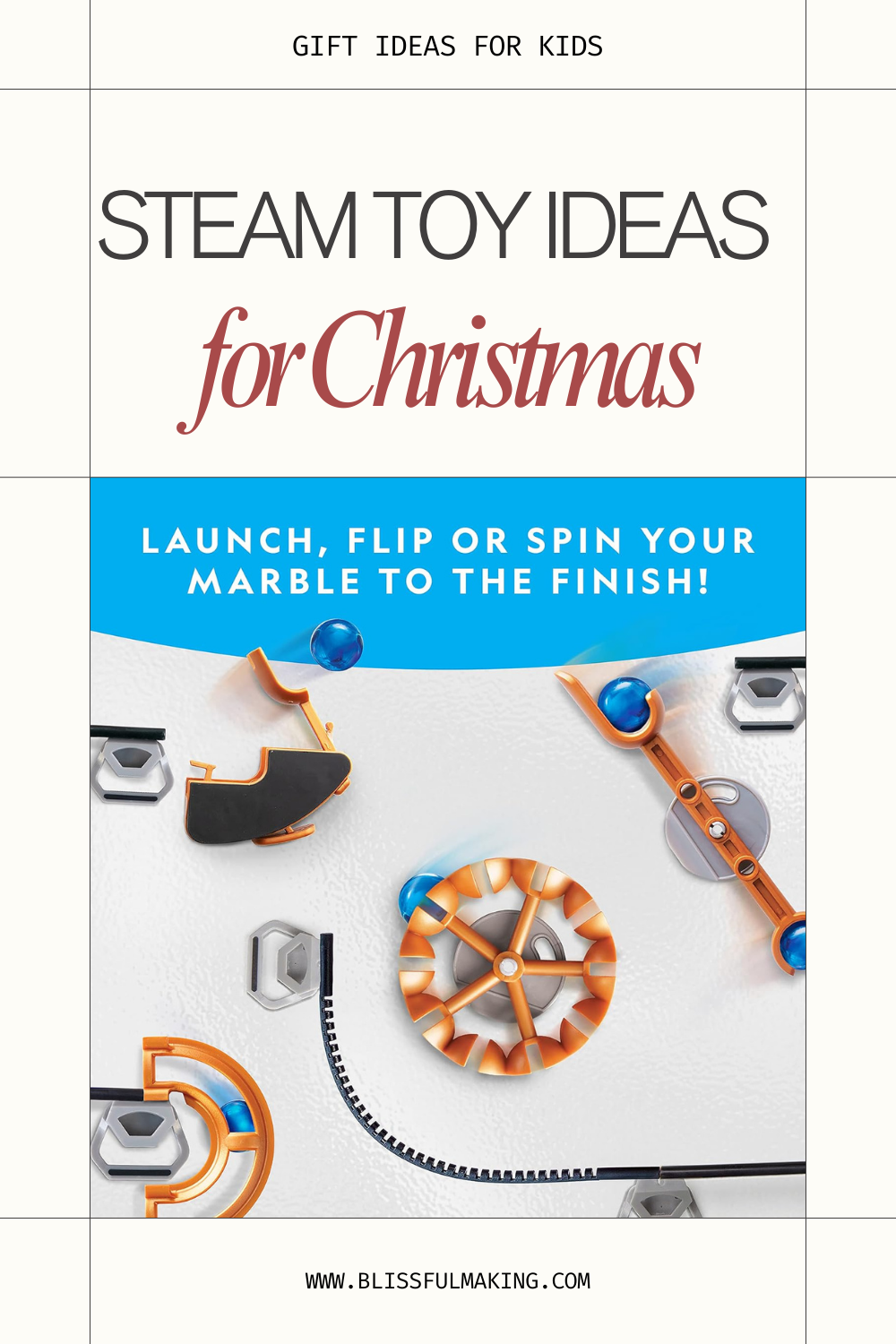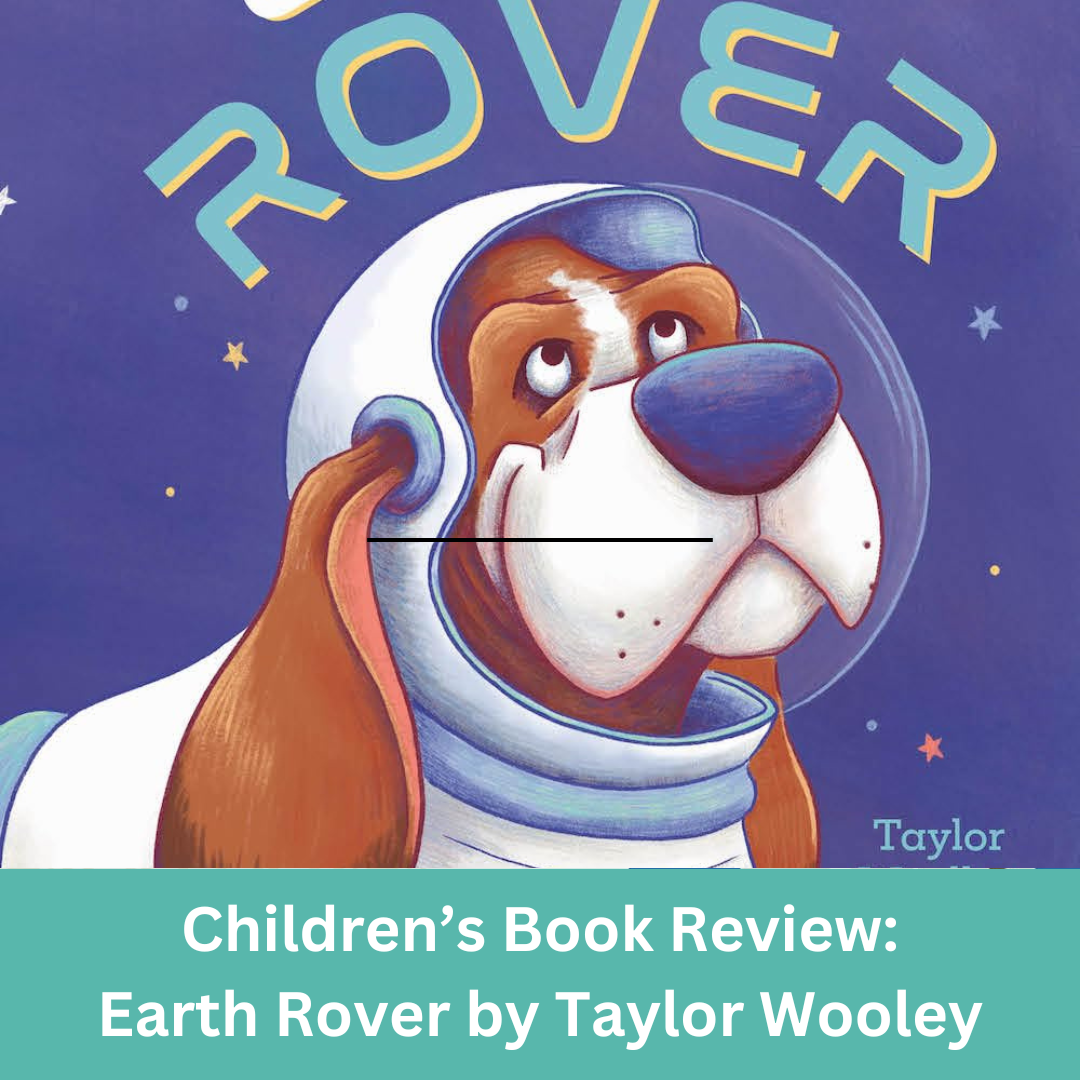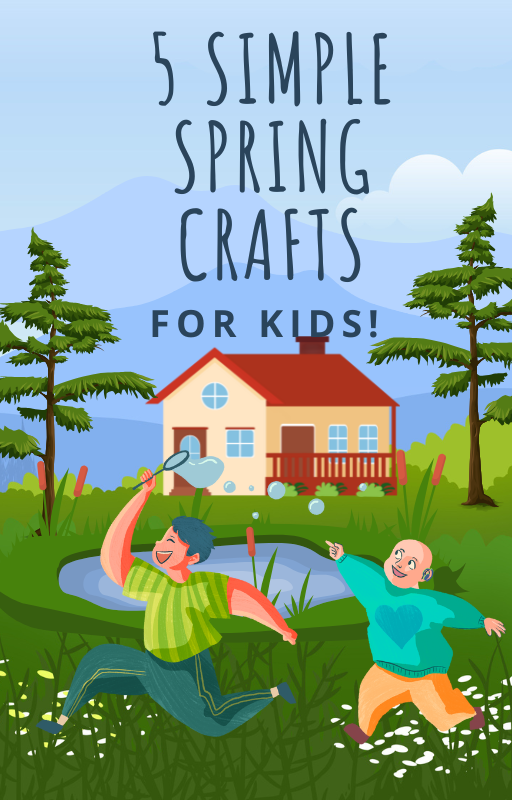How to Use Playdough for Homeschool
Play dough is one of the most versatile tools you can use in your homeschool day. It builds fine motor skills, encourages creativity, and, most importantly, makes learning a fun, hands-on activity. It’s so easy to imtegrate into your regular homeschooling lessons. Whether you have preschoolers or elementary school age children, they will love the extra element of play added into their lessons.
Play dough is inexpensive and easily accessible at most retailers. However, you can also easily make play dough in your own home.
Check out my quick and simple play dough recipe here.
Here are 5 easy ways to add play dough into your daily lessons to make homeschool more fun!
Letters
Roll the play dough out into long pieces and have your child practice shaping the pieces into different letters (you can do numbers too). There are also tons of stamps and play dough mats available to practice letters. Use stamps to practice making short words or letter recognition.
Math
Make the play dough into whatever shapes you like for hands-on math activities. Have your children count shapes, use them to add or subtract, practice place value, make specific shapes and observe the number of sides and angles.
Science
Use the play dough to create a life cycle. Do they have a favorite insect or animal. Have them create a 3D model of their favorite animal, insect or plant life cycle. You could also have them create models for weather patterns in your area or the water cycle.
Writing
Try using play dough as a creative writing tool. Give them a prompt related to their interests. Do they like dragons or superheroes? Have them build a 3D scene and then discuss it together. Try taking turns adding sentences to stories. For older children have them write a few sentences about the scene they created.
Geography
Use play dough to create maps. Create a globe and add continents or make flat map with various landmarks. Practice mapping out your own neighborhood. Playdough is also a great tool to learn about landforms. Use it to build models of volcanoes, mountain ranges, plateaus, and hills.





